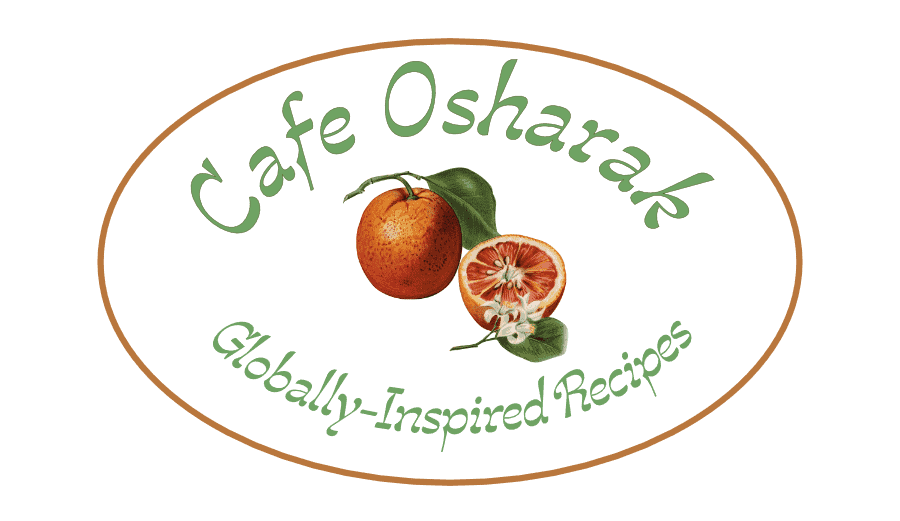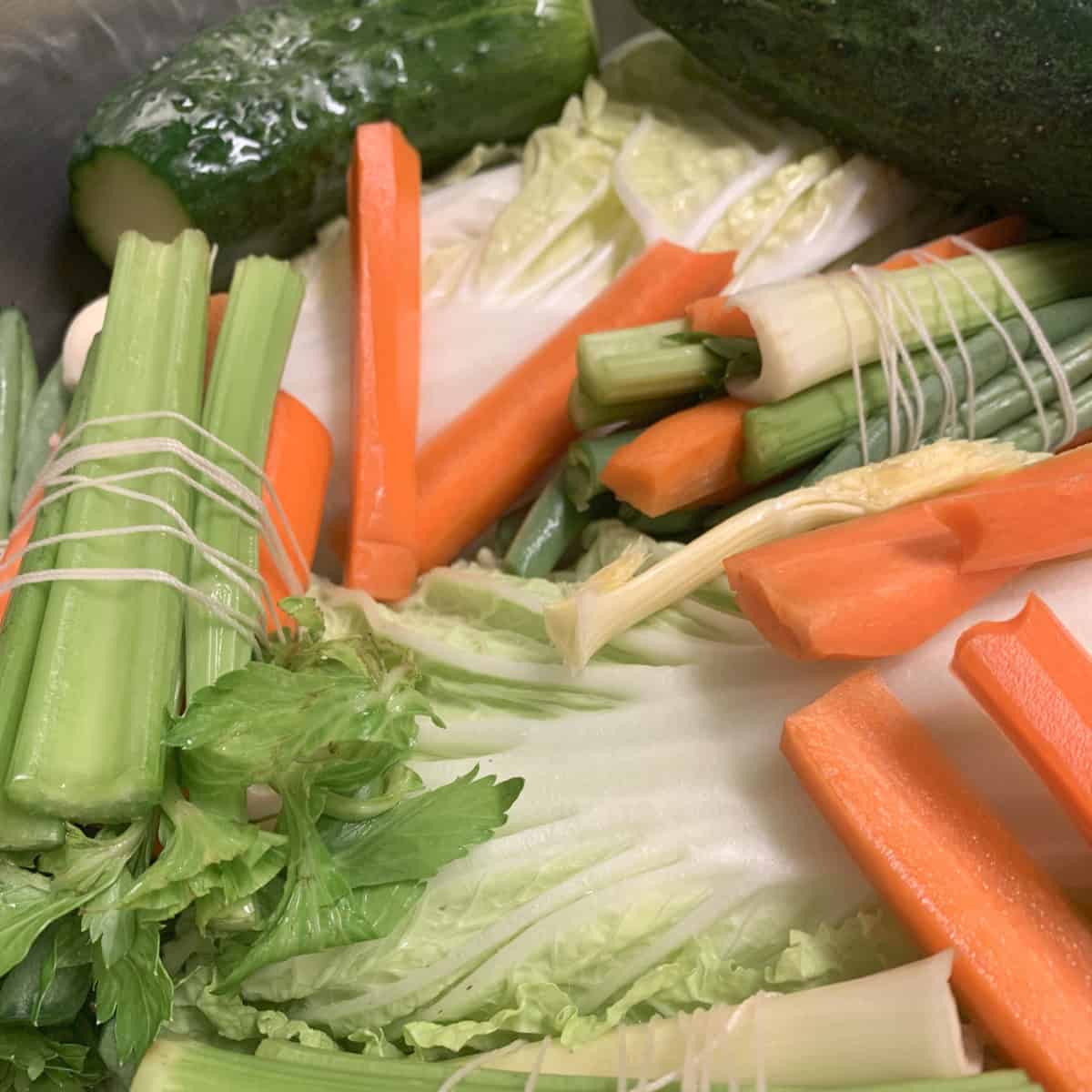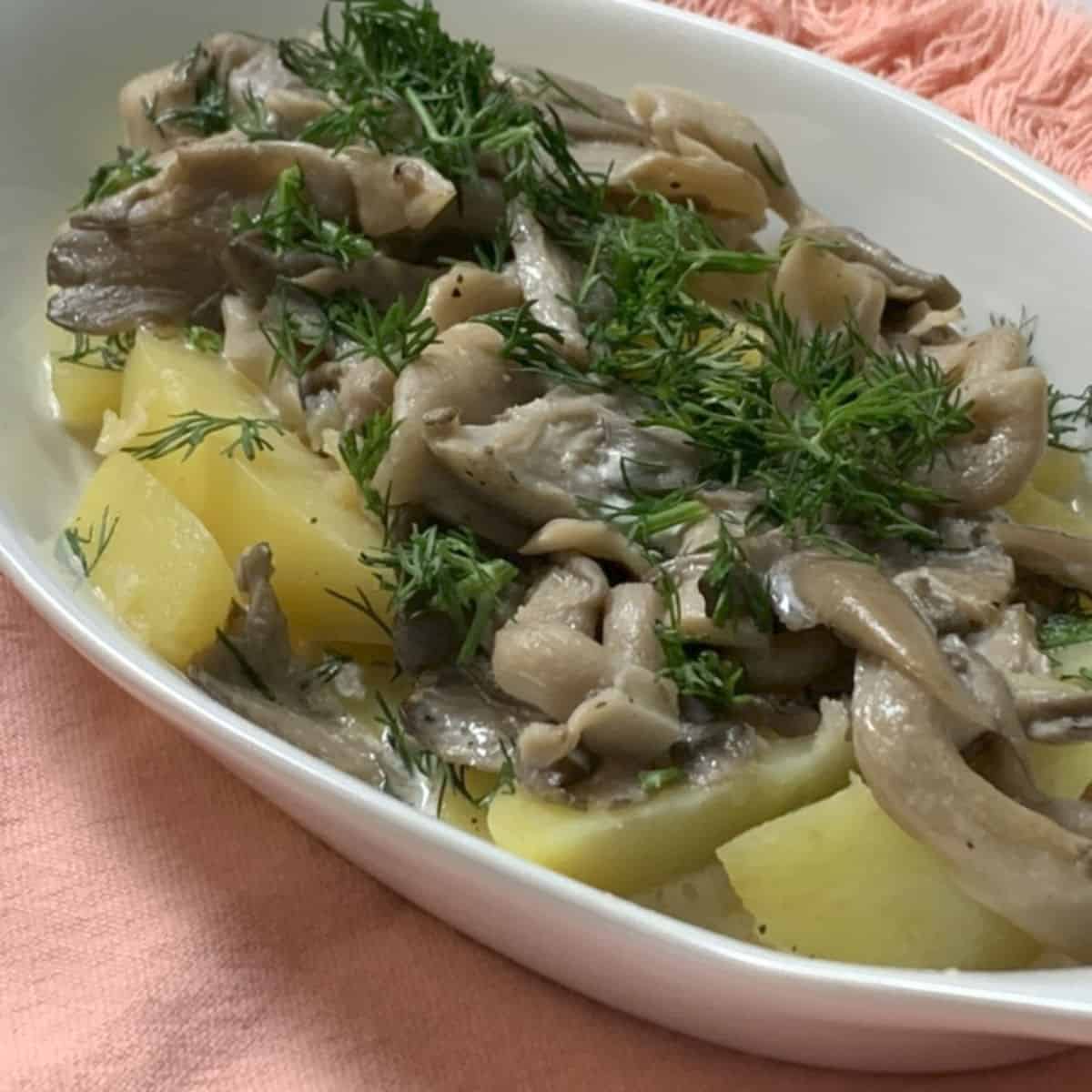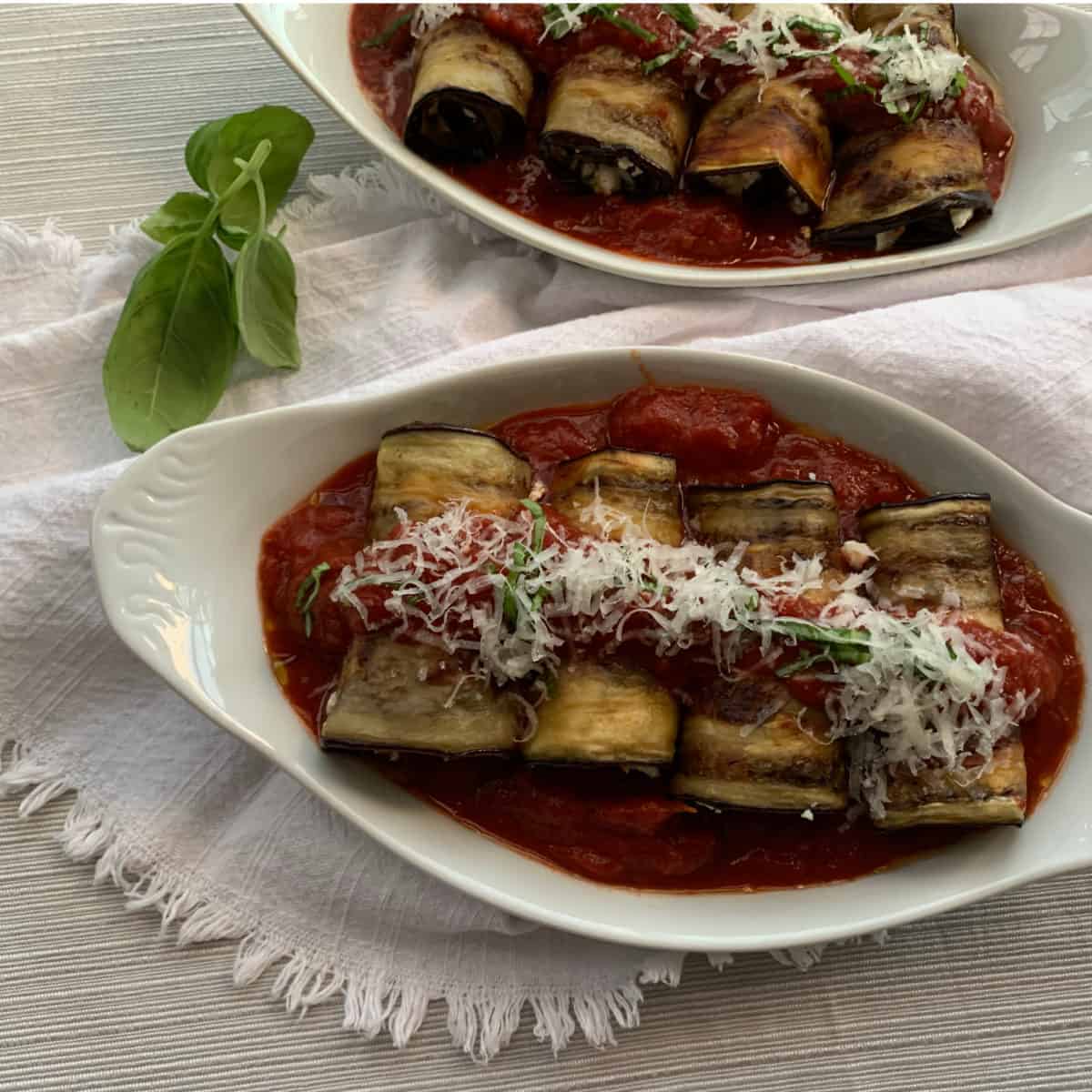T’too – Armenian Pickled Vegetables
What’s up with this funny name t’too?
Sour and pungent, salty and tangy pickled vegetables called t’too. They are very popular in Armenian culture. T’too is one of the most beloved foods of Armenia. Even more, it has its own food category and has a whole section in the farmers’ market. A close cousin of pickles, kimchi, and sauerkraut, t’too is a method of food preservation that prolongs the consumption time from one season to another. In addition to preserving vegetables, t’too undoubtedly has tons of health benefits.
The t’too varieties are endless and vary from region to region and season to season. It’s a rustic and wholesome food yet complex at the same time. It’s not ravishing but certainly dominates and is enticing. If you travel in Armenia and visit any village, any time of the year, you can find t’too in all households, neatly bundled and nested in clay vessels, stored in dark and cool cellars. They all smell pungent but all taste different.

Table of Contents
Chronicles of T’too
It is funny how one can have a memory of smell. One of the nostalgic memories I have is the smell of t’too at my great aunt’s house. The smell coming from the balcony from the hug clay karas designated for t’too. I can recall the smell permeating through the kitchen and eventually throughout the house awakening memories and stories.
My great aunt, C’oghik tatik, was quite a colorful character with a lot of stories and expressions up her sleeve. I remember sitting in the kitchen and her telling me a story of “The Tongue-Cut Sparrow” impersonating every character, changing her voice and facial expressions and gestures. She was not a culinary expert but had uncontested authority in making t’too.
The end of October is when the preparation of t’too starts in Armenia. And C’oghik tatik will organize and manage the whole process for our families. It would start with her going to the farmer’s market. She would handpick each vegetable starting from the head of cabbage and finishing it with dill springs. I never quite understood how she would make her selection in rows and rows of cabbages and rows and rows of carrots. They all looked the same to me but not to her. She would pick them meticulously: tapping, smelling, squeezing, inspecting them. Nobody would question her authority.
One packet plus a handful of salt to a pot of water. That’s right. That’s an anecdotal family recipe for the brine.
We had two large enamel pots designated for t’too, so the precise measurement was one pot of water and one packet plus a handful of salt….
The smaller pot that was roughly 20 liters as I recall, and that was the one used to make the brine in.
That’s how the recipes are passed down from generation to generation; one packet plus a handful.
Both this crunchy t’tou and my Homemade Kefir bring gut-friendly fermented goodness to the table—enjoy them together as part of a traditional or modern Armenian spread.
Grocery and Pantry List

Special Tools to Use:

Recipe Steps at a Glance
The process itself is not hard but time-consuming. Prepping 10-20 kilos of vegetables was not a joke. Everybody had a part in it: washing, chopping, trimming, peeling the garlic, bundling.
There was never a precise recipe since the proportions of the veggies varied from year to year. No one was blogging about it back then.
The only precise measurement was the brine.
Step-by-step: How to Make
Step 1: Making the Brine
Here are the measurements for the brine.

Make the brine solution equivalent to the vessel that you intend to make the pickles. For 3 gallon of water you will need 1 pound of salt. You will not use the whole solution
Bring the third of the water to a boil. Add all the salt. In addition, a few bays leaves, allspice, peppercorn, and hot pepper can be added to the brine. I am also adding dill seeds, since I don’t have pickling dill prongs.
Stir util the salt is fully dissolved. Add the rest of the distilled water and let it cool.
Step 2: Prepare the vegetables
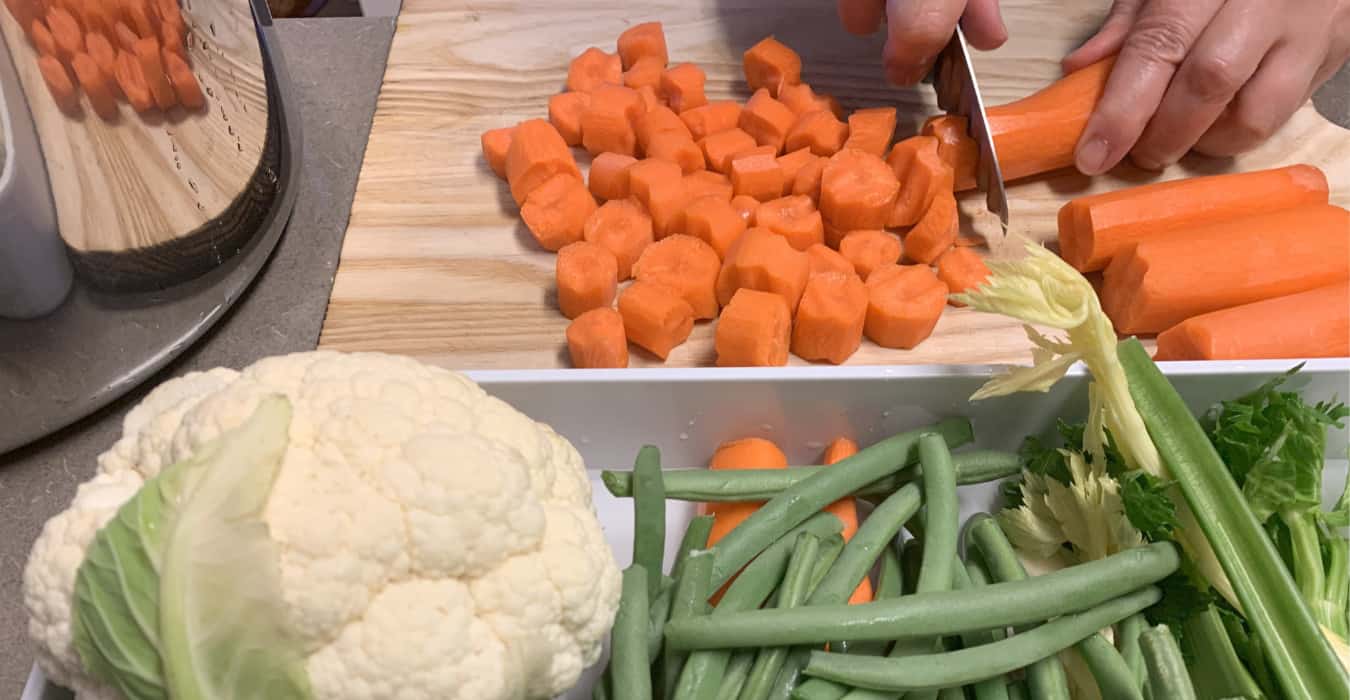
Clean and wash all the vegetables
Carrots
Peal and trim the carrots from both ends. Cut them in rounds or sticks. For an aesthetic look you an use a curly cutter to have the
Cabbage
Give the core a fresh cut. Remove outer leaves. Cut the whole cabbage head into wedges and leave attached to a core.
Alternatively you can keep the cabbage head whole to use for tolma. I also use a whole napa cabbage for pickling.
Cauliflower
Give the core a fresh cut. Divide the head of the cauliflower into smaller florets.
Celery
Trim the end. Cut the celery similar way as you cut the carrots. K
String beans
Trim both ends for sting beans.
Green tomatoes & Cucumbers
Keep them tomatoes and cucumbers whole.
Garlic
Peal the garlic cloves.
To make the bundles, combine a few pieces of carrot sticks, celery, and string beans and tie with a cotton thread.
Step 3: Arranging pickling vegetables



Begin by placing the largest vegetables, like a whole cabbage head, at the bottom of the container.
Add a scattering of the mixed variety of prepared vegetables.
Intersperse some cabbage wedges in this layer.

Continue layering the remaining vegetables. Reserve a few cabbage wedges to place on the top.
Pour in the brine over and place a plate to weight the vegetables down .
Step 4: Fermentation
The ideal temperature for fermentation is around 55-65°F (15°C). Nowadays, when not many people have food cellars, options like the garage, basement, or a balcony can suffice.
Warmer temperatures will expedite the fermentation process, potentially not allowing enough time for the flavors to fully develop.
Daily, remember to rinse the vegetables and change the towel. If you notice a whitish film on the surface, skim it off and dispose of it. Using a cotton cloth will help catch this film, making cleaning easier. Rest assured, it’s not mold; it’s a type of wild yeast that occurs naturally.
Fermentation times can vary. Some vegetables may take longer, while others are ready in just a couple of days.
Beans and eggplants typically require more time, but cabbage, cucumbers, and carrots are often ready within a couple of days. If you wish to halt or slow down the fermentation, place the container in the fridge.
Divide the contents into smaller jars and store them in the refrigerator.
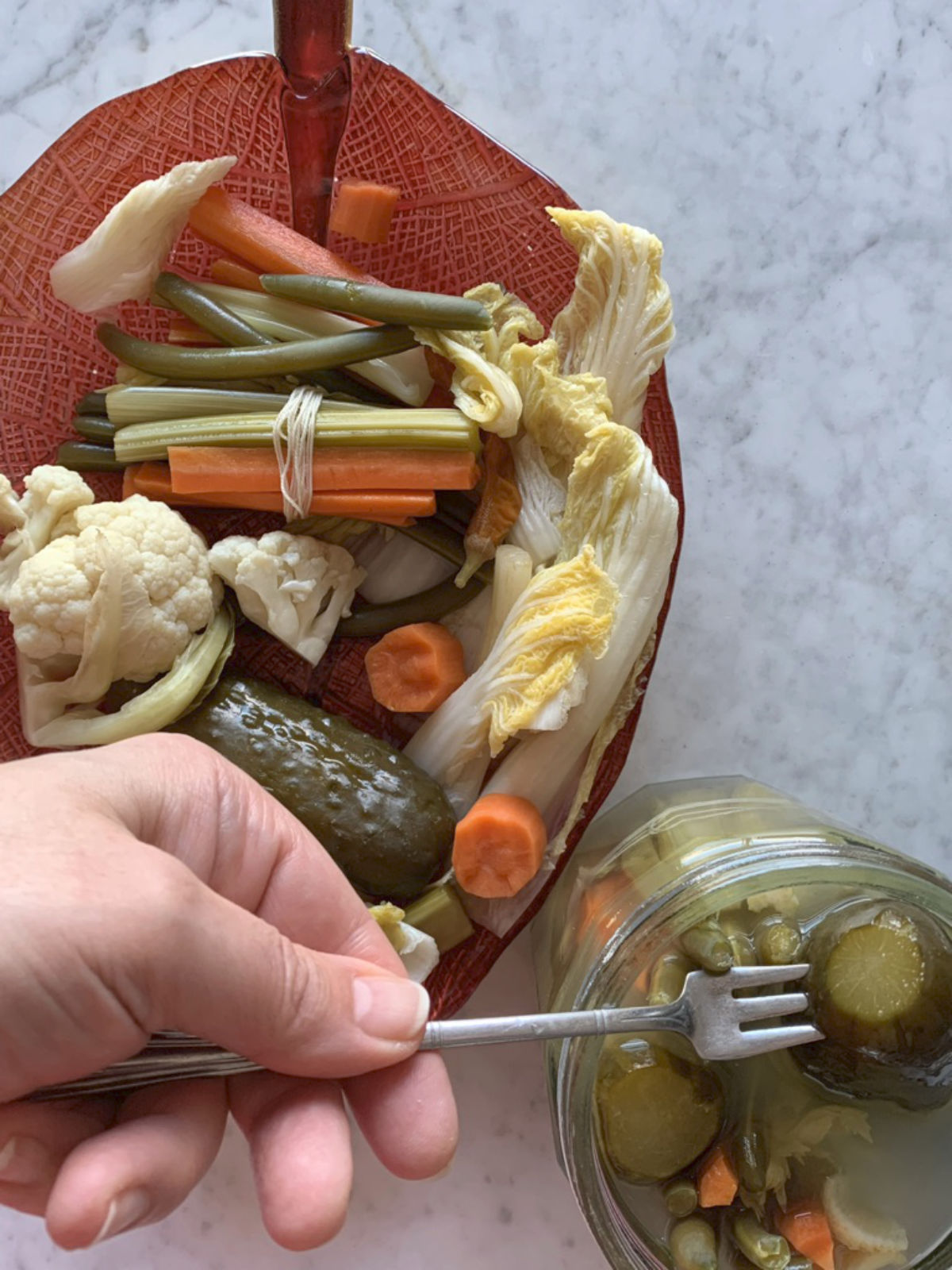
Tips and Wisdom from Cafe Osharak
Frequently Asked Questions
Are pickled vegetables healthy?
Nutritional and health benefits are numerous! There is a lot of research and good data available about the benefits of fermented food, from boosting immunity, regulating blood sugar, fighting allergies to alleviating food poisoning.
In other words, it is a food supplement with widely available ingredients and can be made in your own home, at a fraction of the cost of the bottled one.
What is a fermentation process?
Lactic acid bacteria are living, healthy bacteria that can convert sugars into lactic acid. To make this process start, you need to have the right environment to attract and capture those “good bacteria”.
T’too – Armenian Pickled Vegetables

Equipment
- 1 Non reactive pot Enamel, stainless steel or ceramic or glass, big enough to hold all the vegetables.
- 1 Stock pot For making the brine
- 1 Cotton towel or cloth
- 1 Plate or wood To stop the vegetables from floating.
Ingredients
- 1000 gram Cucumber
- 1000 gram carrots
- 200 gram string beans
- 1 stalk celery
- 1 head cabbage
- 1 head cauliflower
- 1 bulb garlic
- 400 grams green tomatoes
- 10 liter water
- 500 gram salt
- 2 tablespoon dill seed
- 5-10 each allspice
- 10 each black peppercorn
- 3-4 each bay leave
- 1-2 each hot pepper
Instructions
Preparing the vegetables.
- Wash all the vegetables under running water. Cut and trim any unusable parts. Peel the garlic.
- Cover the vegetables with the water vinegar solution (1 cup vinegar to 4 cups of water) for 15 minutes.
- Cut the vegetables to desired sizes.Carrots can be cut in batons or coins.Cauliflowers separate into florets or into wedgesCabbage cut into wedges Celery cut into batons or chunky slices Make bundles with green beans, celery and carrot batons and tie with a sting.
- Arrange the vegetable in the pot in layers. Bigger chunks neatly placed on the bottom. Evenly spread the whole cloves of garlic between each layers.
- If you are using dill (on a long stem), arrange them like a wreath, and place on top of the vegetables.
Making the brine
- In a stock pot, bring the water to a boil. Add the salt and the seasoning.
- Let it simmer for a few minutes. Set aside to cool down.
- Pour the brine over the vegetables until fully covered.
- Drape a clean towel or cotton cloth on top of the vegetables, and place an upside down plate over the cloth.
- Put a weight on the plate to weight down all the vegetable in the brine.
- Put into a cool place to ferment.
- Every few days, wash or change the cloth and the plate.
- Depending on the temperature and the environment, the t'too will be ready in 5-10 days.
- To store for daily use, put the pickled vegetables in smaller jars with brine. Store in the refrigerator.
